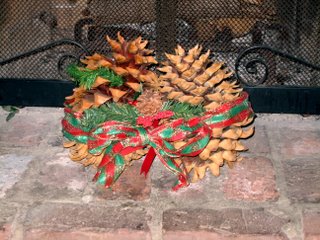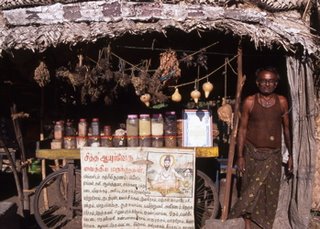Red peppers have been show to have a myriad of health benefits; are a great source of antioxidants, help reduce the risk of heart disease, eliminate free radicals, help respiratory systems, and are one of the few foods that contain lycopene. See the following online article for more information:
http://www.whfoods.com/genpage.php?tname=foodspice&dbid=50
My recipe for Roast Red Pepper soup follows
2-4 tbspn olive oil
1 cup chopped onion
1/4 cup chopped celery
1/4 cup chopped carrots
Salt & pepper
1-2 tspn chopped garlic (you can add more if you like garlic but don’t go beyond 1/2 a clove – as another option try roasting the garlic instead of chopping before adding to add a different sweetness – in that case half to even one whole clove wont be too much.
6 large red bell peppers, roasted, cleaned and chopped
4 cups vegetable stock (you can use whatever stock you prefer – best of course is to make your own but there are a variety of very nice stock on the market but keep in mind this is the base of the soup so be sure its good quality stock)
pinch of honey or sugar (optional)
1/2 lemon for juice
To roast your peppers first cut in half and clean out the seeds cut out the stem and any inedible parts, then half the peppers again.
Place on a baking sheet and rub with a light coat of olive oil. Add a bit of salt over the cut and oiled peppers. Place in preheated 400-450 degree oven. Roast until tender (35-45 min approx). It is okay if the skin gets a little blackened on some pieces.
Add 2-4 tbspn oil to deep saucepan or cooking pot on medium heat. When the oil is hot, add the chopped onions, celery, and carrots. Sauté for about 2-3 minutes, the onions should start to go opaque. Stir in the garlic and peppers. Season with salt and pepper. Continue to sauté for 2 minutes. Add the vegetable stock and bring to a boil. Reduce the heat to medium-low and simmer for 15-20 minutes. Using a hand-held blender, or by transferring into a traditional blender in small amounts at a time, puree the soup until smooth – make sure you thoroughly puree or you may find a stray piece of carrot or such not a bad thing just not what we are after. After cooled to edible temperature add in salt and pepper to taste. Also squeeze in the juice of 1/2 a lemon – it helps to brighten the flavor. If you find your peppers were not as ripe or sweet as you like add just a pinch of honey or sugar to taste as well. Stir then enjoy – you will find it a hearty but lightly sweet and bright soup that really opens up the olfactory senses and gives good fuel to the body.
I often serve with sprigs of uncut chive so that people can cut and add if they wish or with lightly pan toasted bread that has been pre-brushed with olive oil that can be dipped in or just eaten with.
Interestingly I also find while I like it fresh off the stove I really enjoy this soup after it has been frozen and reheated. It reduces some of the soup but intensifies the flavor. I do find when reconstituting it I often need to add some water or it gets to a thickness I don’t prefer.
Happy souping and schussing!
Joel Strimling
Associate Dean of Student Services









